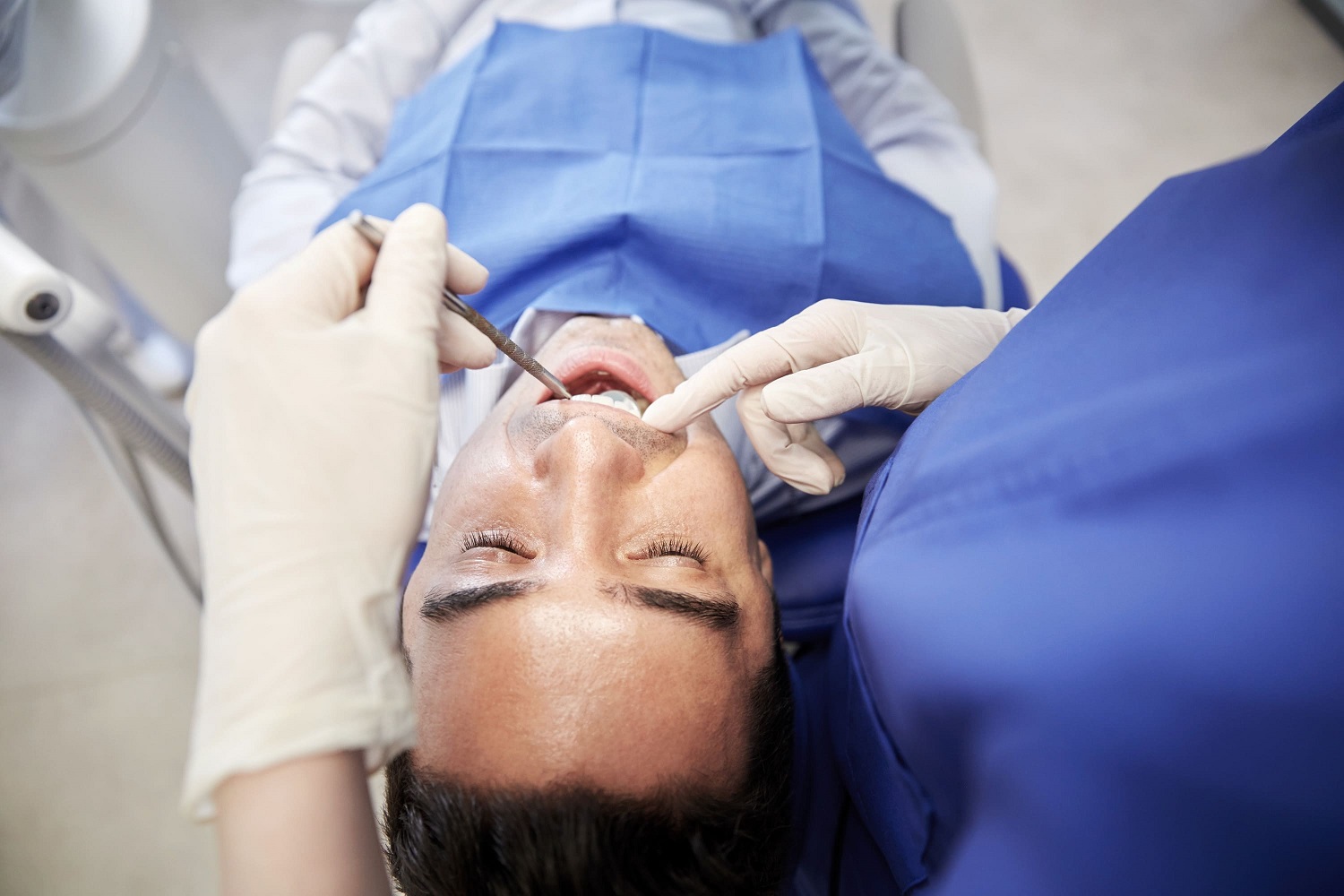The cap your dentist places over a tooth is called a dental crown. The main goal of a dental crown is to improve your smile by restoring the size and shape of your teeth. A dental crown can help repair a broken tooth, with crown caps restoring the tooth’s functionality. The placement of dental crowns is part of particular treatments. What to expect from dental crowns near you is detailed below.
What are Dental Crowns?
A damaged tooth can be improved with dental crowns in terms of function, shape, and look. A crown, as its name implies, is an artificial tooth that fits over an already fractured or discoloured tooth and is attached to it.
Crowns extend to the gumline and completely encase the tooth. A skilled dentist near you will be able to match the crown to your natural teeth, almost hiding its presence from everyone you smile at.
Why is a Dental Crown Needed?
The following situations call for the placement of dental crowns:
- A tooth cannot be adequately shielded from the force of biting and chewing by a big filling.
- A back tooth that has had a root canal needs additional protection against breaking.
- There can be a crack in one of the rear teeth.
- The natural tooth no longer has enough structure to support a filling.
- The front teeth have a discoloured appearance.
How are Dental Crowns Placed?
Depending on where the crown will be made, the process takes different amounts of time.
- A 3D scanner will be used to scan the tooth if the crown is to be made in-office, after which it will be made and cemented.
- Digital or physical impressions of the tooth will be taken if the crown is to be constructed in a dental lab, and a temporary plastic crown will then be created. You’ll need to come back to the office for the crown to be cemented seven to ten days later.
Most frequently, this doesn’t show up as pain but as “awareness” or a mild sensitivity lasting up to a week. The tooth might need a root canal if the sensitivity persists for a long time or if there is any pain or discomfort. When a tooth is in pain, sometimes all that is required is a minor adjustment to allow the tooth to move freely in all directions. There is no need for anesthesia, and it only takes a few minutes.
The Healing Process
The best way to care for your crown is to practice good oral hygiene and treat it like any other tooth after it has been fitted and is comfortable in your mouth. After all, the tooth under the crown always needs to be shielded from decay and gum disease. Use a soft toothbrush and fluoride toothpaste to brush your teeth twice a day, and use floss or an interdental tool to clean between your teeth daily, making sure to get between your crown and neighbouring teeth.
However, crowns are still prone to wear, strain, and fracture. To avoid cracking, dodge biting tough surfaces, especially when wearing porcelain crowns.
No matter what kind of crown you obtain, make sure to discuss the treatment, healing, and aftercare with your dental healthcare professional. A dental crown is a common and secure operation that will restore your smile’s natural and healthy luster while safeguarding your teeth for years.
Schedule a Session at Royal Dentistry!
Make sure to go over the operation, recovery, and aftercare with your dentist before choosing the type of crown you want. A dental crown is a routine and risk-free treatment that can secure your teeth for many years while restoring the beauty of your smile. Get dental crowns to restore your teeth to their original state. For professional advice and to improve your facial appearance right now, see your dentist in Dearborn!

